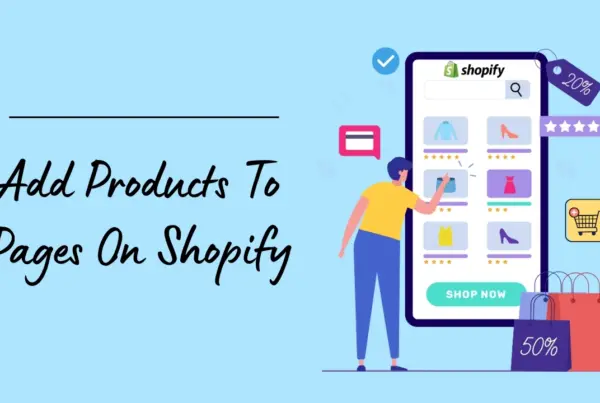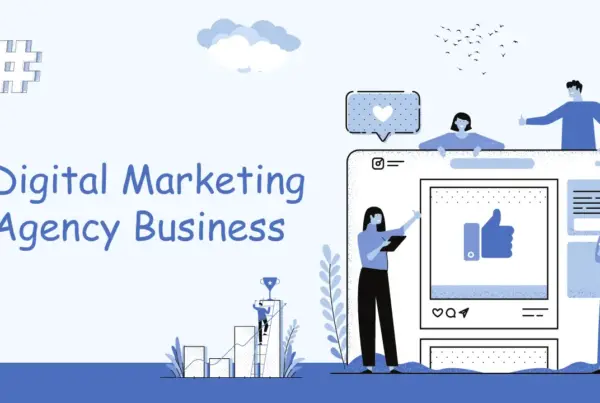In recent years, subscription-based business models have gained immense popularity, offering consumers with suitable access to a variety of products and services.
We can say that anything from baking kits or baby diapers to razors or gym clothes can currently have subscription services, for instance.
While these models bring undeniable benefits, it’s crucial to examine the downsides that often go unnoticed.
So, let’s take a look at the rise of the subscription business and the advantages so that the disadvantages are easily observed.
Rise Of Subscription Business Model
It’s safe to say that, over the last decade, subscription-based business models have emerged as a dominant force. And it has reshaped the way consumers access and experience products and services.
The rise of subscription business models is a testament to their ability to meet evolving consumer demands and provide sustainable advantages for businesses.
Let’s explore the convincing reasons behind the rise of subscription business models and the key factors contributing to their undeniable success in the dynamic landscape of modern eCommerce.
Convenience Redefined
It is indeed a fact that subscription models offer unparalleled comfort to consumers. Whether it’s streaming services, software solutions, or curated product boxes, the subscription model destroys the need for repetitive purchasing decisions.
On the other hand, subscribers enjoy a seamless and automated experience, receiving regular deliveries or access to services without the hassle of manual transactions.
Predictable Revenue Streams
From a contemporary business perspective, the subscription model provides a steady and predictable stream of revenue. Essentially, monthly or annual subscription fees create a stable income stream, allowing companies to plan and invest with greater confidence.
This financial predictability can be particularly beneficial for startups and small businesses aiming for sustained growth.
Enhanced Customer Engagement
Mainly, subscribers are often more engaged with the products or services they receive regularly. The recurring nature of subscriptions fosters a lasting relationship between the business and its customers.
This increased engagement can lead to valuable insights, improved customer loyalty, and a higher likelihood of upsells or cross-sells.
Personalization and Curation
Another significant aspect is that subscription businesses thrive on personalization and curation. Whether it’s personalized content recommendations, tailored product selections, or exclusive access to premium features, subscribers appreciate the customized experience.
This approach not only enhances customer satisfaction but also sets subscription businesses apart in a competitive market.
Access Over Ownership
Yet another defining aspect of the subscription model is shifting from ownership to access. Nowadays, many consumers prefer the flexibility of accessing a range of services without the burden of ownership.
Essentially, this trend aligns with changing consumer behaviors, especially among younger demographics who prioritize experiences over possessions.
Scalability and Flexibility
To adapt to changing market conditions and scale their operations more efficiently, subscription models frequently offer scalability.
The flexibility inherent in subscription services enables companies to adjust offerings, pricing, and features based on customer feedback, market trends, and emerging opportunities.
Data-Driven Decision-Making
Subscription businesses leverage data analytics to understand customer behavior, preferences, and usage patterns. This data-driven approach enables companies to refine their offerings, optimize pricing strategies, and tailor marketing efforts.
The insights gained from subscriber data contribute to informed decision-making and continuous improvement.
Diverse Industry Adoption
The subscription model is not confined to a specific industry; its success spans diverse sectors, including entertainment, technology, beauty, food, and more.
From streaming giants like Netflix to subscription box services like Birchbox, businesses across various domains are harnessing the power of subscriptions to stay relevant and competitive.
As the subscription economy continues to grow, both consumers and businesses benefit from convenience, predictability and personalized experiences.
Benefits of Subscription Business Model
The main highlighted or very mesmerizing facts of this type of business model are more predictable revenue and enormous customer loyalty.
Another top benefit of these business metrics is that it facilitates the work procedure for both consumers and customers.
Basically, the customer perceives expenses are coming which make it more simpler for them to budget ahead. Besides, it offers the opportunities to dive into unused markets and generally avoid market ups and downs.
These business models have become the cornerstone of modern eCommerce that authorizes companies to engage with consumers and deliver products and services.
In addition to that, this business model offers a myriad of benefits which contribute to its widespread adoption across various industries.
From stable revenue streams and improved customer loyalty to data-driven insights and innovation, businesses adopting subscription models strategically position themselves in a competitive market.
Disadvantages of Subscription Business Model
Now, we are heading to learn the disadvantages of subscription business models, highlighting potential pitfalls that consumers and businesses should be aware of.
Cost Accumulation
You may think that subscription models are cost-effective initially, but over time, the cumulative expenses can surpass the one-time purchase cost. In this case, the most significant downside is that consumers may end up paying more in the long run, mainly if they don’t fully utilize the subscribed services.
Lack of Ownership
Unlike traditional purchasing, subscription models provide access rather than ownership. Because of this, it is clear that customers may depend on subscriptions without any tangible assets to show their financial commitment. This lack of ownership can be a deterrent for those who value possessing the products or services they pay for.
Commitment Issues
Subscriptions often require a commitment, typically through contracts or extended payment periods. This can be restrictive for consumers who prefer flexibility and may lead to dissatisfaction if their circumstances change. Which makes it challenging to adhere to the agreed terms of this subscription business.
Unused Services
It is indeed a fact that subscribers may end up paying for services they don’t fully utilize. Whether it’s a streaming service with a vast library of content or a software subscription with unused features, the value proposition diminishes if consumers don’t take advantage of the offerings.
Subscription Fatigue
With the rise of various subscription services across different industries, it might be possible that consumers may experience subscription fatigue. You can also become overwhelmed with managing multiple subscriptions. As a result, individuals question the necessity of each service and request to reduce their subscriptions.
Inflexible Models
You can find many subscription services that offer a one-size-fits-all approach, leaving little room for customization. This lack of flexibility forces customers to pay for features they do not require. Otherwise, they may miss essential elements that suit their preferences better.
Dependency on Service Availability
Subscribers inherently rely on the continued availability of the services they subscribe to. Technical problems, downtime, or service interruptions may negatively impact user experience. As a result, customers become frustrated and question the reliability of membership.
Difficulty in Cancelation
Most of the time, canceling a subscription is a complex process. Some businesses make it challenging for users to cancel, leading to customer frustration and potentially negative reviews. Hence, complicated cancellation procedures can harm a company’s reputation.
By understanding the drawbacks, both businesses and consumers can make informed decisions that align with their goals and priorities.
Final Thought
While subscription business models offer convenience and access to a variety of services, it’s essential to weigh these advantages against the potential disadvantages. Consumers should carefully evaluate their needs, preferences, and the overall cost before committing to a subscription-based arrangement.
It is imperative for both businesses and consumers to carefully consider these disadvantages, weighing them against the benefits, to make informed decisions in a market saturated with subscription offerings.
Awareness of these drawbacks allows for a more balanced approach, ensuring that the subscription model aligns with individual needs and preferences.




